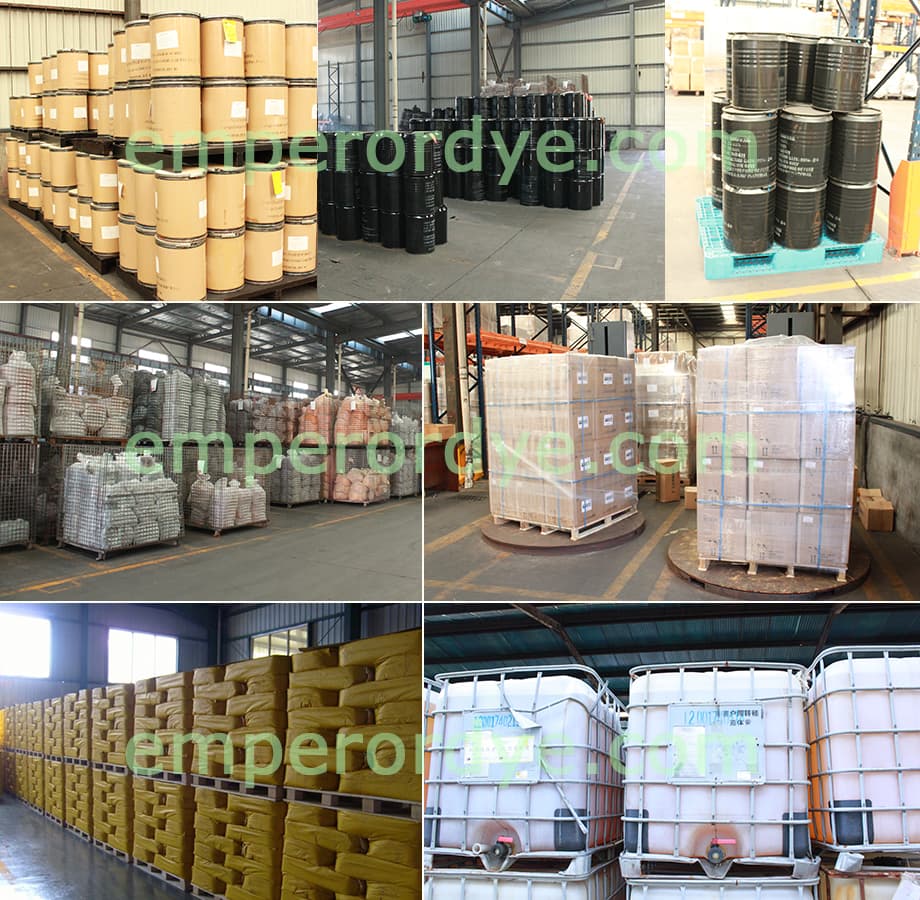Application and parameters of Basic Yellow 2
Basic Yellow 2
- TRADE NAME:
- Basic Auramine O
- Auramine Yellow
CAS NO: 2465-27-2
CI.NO: 41000
Basic Yellow 2 Physical and Chemical properties
|
Light Fastness |
1 |
|
Perspiration Fastness(fading) |
2 |
|
Perspiration Fastness(stain) |
1 |
|
Soaping(fading) |
3 |
|
Soaping(stain) |
3-4 |
Application Features
|
K Value |
f Value |
Solubilityg/L) |
Other fiber stains(grade) |
Dyeing PH value |
Application classification |
||||||
|
— |
— |
— |
cotton |
viscose |
nylon |
Polyester |
wool |
||||
|
— |
— |
— |
— |
— |
— |
— |
— |
— |
— |
4~5.5 |
basic dye |
Colour Fastness Test
|
fiber |
item |
Sun exposure |
Flooding |
soaping(40℃) |
Perspiration |
Rubbing |
Ironing |
Sulfuric acid resistance |
Acetate resistant |
Alkali resistance |
|
|
dye |
wet |
||||||||||
|
silk |
sample change |
1~2 |
4 |
3 |
3~4 |
— |
— |
4~5 |
2~3 |
4 |
1~2 |
|
White silk stained |
— |
1~2 |
2 |
1~2 |
— |
— |
— |
— |
— |
— |
|
|
White cotton stain |
— |
3~4 |
4~5 |
3~4 |
4~5 |
4~5 |
5 |
— |
— |
— |
|
The appearance of alkaline yellow O is yellow powder, soluble in cold water, soluble in hot water and bright yellow, and boiled and decomposed. Also soluble in alcohol is yellow. The dye powder is colorless in concentrated sulfuric acid and turns pale yellow after dilution; it is orange in concentrated nitric acid. The aqueous solution is added with hydrochloric acid to become dark yellow, and heated to boiling to be colorless; the sodium hydroxide dyeing solution has a white precipitate. Dyed on silk fiber, it is bright yellow, and it is red under tungsten light.
The dissolution temperature of alkaline yellow O should not exceed 60 ° C to avoid decomposition of the dye and reduce the amount of color. The dyeing temperature is preferably not more than 60 °C. When used in combination with other dyes, the temperature of the dye solution should also be controlled to not exceed 70 °C. Sometimes used to adjust the color of light, to take into account the amount of color of the main dye, also dyed at the boiling point. After the dyeing is exposed to sunlight, the shade is greenish. For example, when adding C-I.Basic Violet 14 and C.I. Basic Green 4 to black, add an appropriate amount of alkaline yellow O to improve the light fastness of black.
Basic Yellow 2 Application:
Used for silk, acrylic, tannin mordant dyeing cotton dyeing, also can be used for leather, paper, hemp and glue directly printing and dyeing, the discharge printing. Can also be used in oil and fat, paint color, also can be used in the preparation of color which used in ink.
Use condition:
1.Silk dyeing: Basic yellow 2(Basic Auramine O) suitable for silk dyeing, carried out in an acetic acid bath. The color of the dyed silk is bright, and it has been used to dye the yellow color before, but it is rarely used in textiles because of the poor light fastness.
2.Acrylic dyeing: suitable for acrylic dyeing, in acetic acid and sodium acetate bath, dye bath pH 4~5.5, plus urea and retarder.
3. Wool dyeing: It can be used for dyeing wool, in neutral or acetic acid bath. However, the color fastness is very poor, the light fastness is 1~2, and the soaping fastness is 1~2.
4.Cotton dyeing: It can be used for tannin mordant cotton fiber dyeing, but the dyeing fastness is poor, the light fastness is 2~3, the soaping fastness (40°C) is 2, and the perspiration fastness is 1~2.
5. Printing: Basic Auramine O can be used for direct printing. The ground color can be whitened with chlorate, but the insurance powder can not be pulled out. Direct printing and ground color printing on tannin mordant cotton. The fastness is very poor. In the printing, it is also used to dye the bright green fruit and big red.
6. Other: Can be used for dyeing leather and paper.
Packing:

20 or 25kg/compound bag, carton box, iron drum, fiber durm for powder dye and 1000kg/tank for liquid dye
Basic Yellow 2 Material Safety Data Sheet (MSDS)
- Inquiry for Basic Yellow 2
- Question: *
- You can learn about other products:
- Basic Yellow 13
- Basic Yellow 28
- Basic Yellow 40
- basic red 14
- Basic red 18:1
- Basic Red 1:1
- Basic Violet 10
- Basic Violet 3
- Basic Red 1
- Basic Violet 1
Products Catalog
- solvent red 24
- solvent red 49
- solvent red 122
- solvent red 111
- solvent red 146
- solvent red 195
- solvent yellow 21
- solvent yellow 33
- solvent yellow 93
- solvent yellow 98
- solvent yellow 114
- solvent orange 60
- vat red 41
- solvent green 3
- solvent green 5
- solvent blue 70
- solvent blue 104
- solvent black 3
- solvent violet 31
- solvent violet 13
Copyright right HANGHZOU EMPEROR CHEMICAL CO,,LTD © 2019 All rights reserved.

 Pусский
Pусский